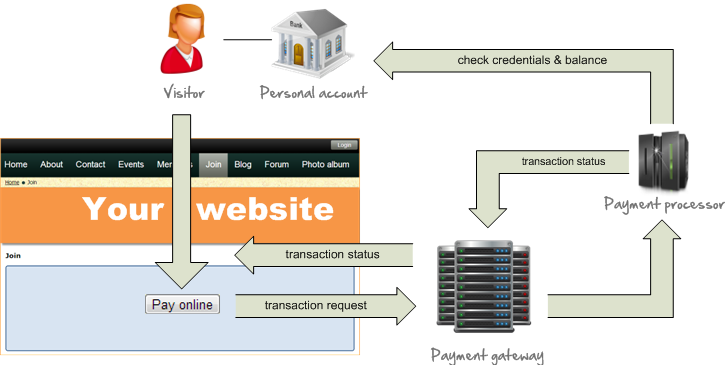DEVELOPING INTIMACY WITH YOUR DATA
This exercise involves you working with a dataset of your choosing. Visit the website, browse through the options and find a dataset of interest, then follow the simple instructions to download it. With acquisition completed, work through the remaining key steps of examining, transforming and exploring your data to develop a robust familiarisation with its potential offering:
Examination: Thoroughly examine the physical properties (type, size, condition) of your dataset, noting down useful observations or descriptions where relevant.
Transformation: What could you do/would you need to do to clean or modify the existing data to create new values to work with? What other data could you imagine would be valuable to consolidate the existing data?
Exploration: Using a tool of your choice (such as Excel, Tableau, R) to visually explore the dataset in order to deepen your appreciation of the physical properties and their discoverable qualities (insights) to help you cement your understanding of their respective value. If you dont have scope or time to use a tool, use your imagination to consider what angles of analysis you might explore if you had the opportunity? What piques your interest in this subject?
(You can, of course, repeat this exercise on any subject and any dataset of your choice, not just those on Kaggle.)
Assignment Link: http://book.visualisingdata.com/chapter/chapter-4





 February 5th, 2020
February 5th, 2020 




